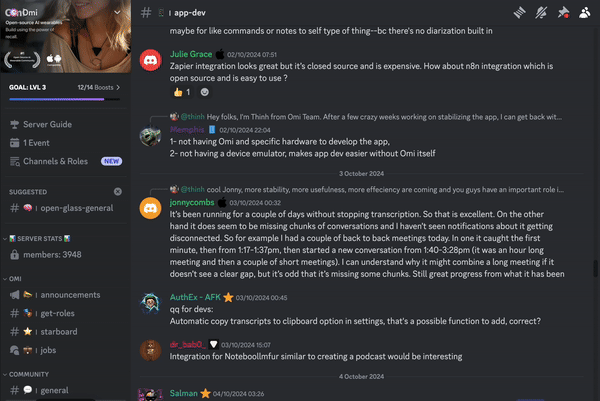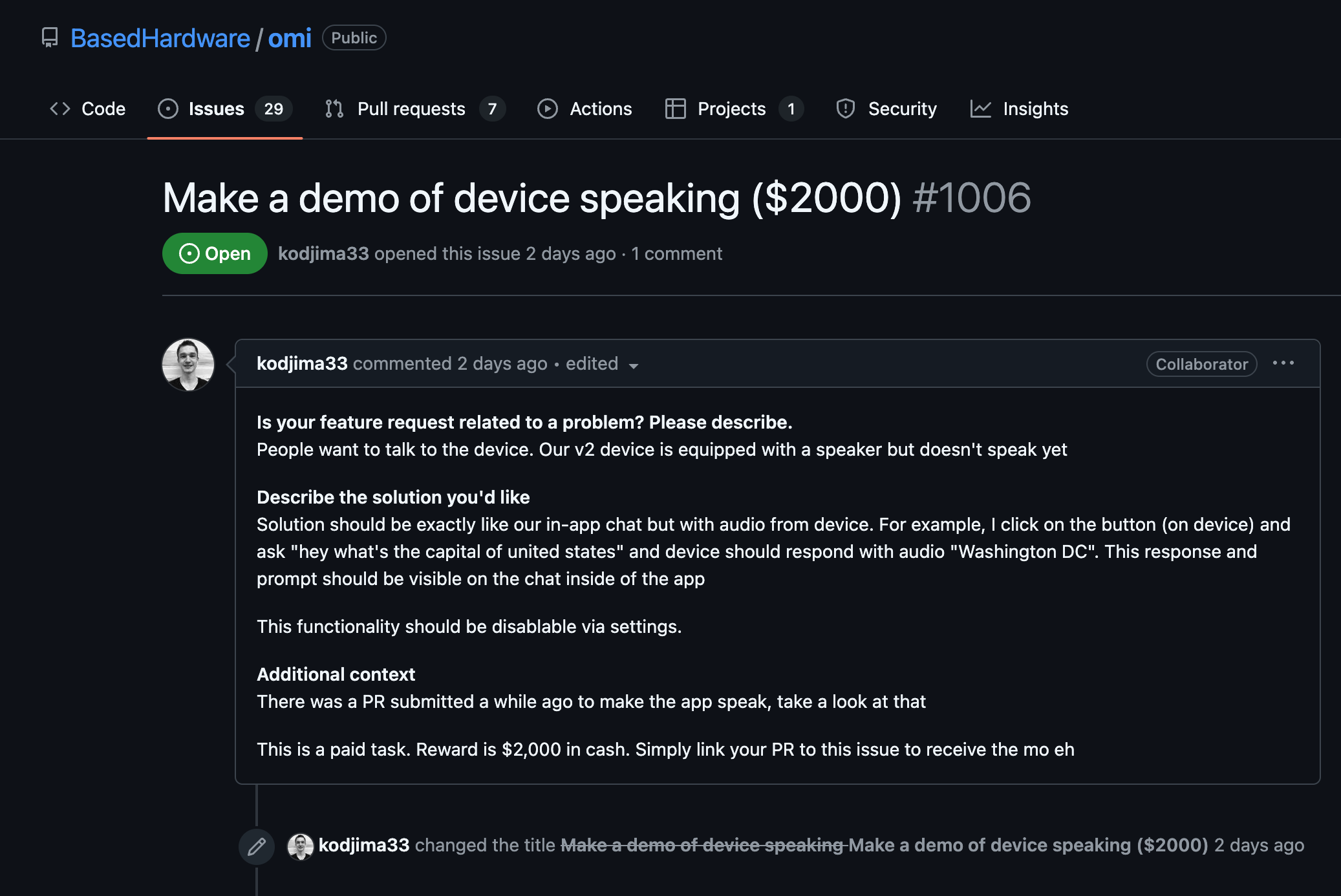Implement Twitter API Client
- Use a popular library like Twitter4J to handle API calls and authentication. This helps manage the OAuth process and makes interacting with the API easier.
- Ensure you have your Twitter API keys and tokens ready to configure the client.
import twitter4j.Twitter;
import twitter4j.TwitterFactory;
import twitter4j.auth.AccessToken;
public class TwitterClient {
private static final String consumerKey = "YOUR_CONSUMER_KEY";
private static final String consumerSecret = "YOUR_CONSUMER_SECRET";
private static final String accessToken = "YOUR_ACCESS_TOKEN";
private static final String accessSecret = "YOUR_ACCESS_SECRET";
public static Twitter getTwitterInstance() {
Twitter twitter = TwitterFactory.getSingleton();
twitter.setOAuthConsumer(consumerKey, consumerSecret);
twitter.setOAuthAccessToken(new AccessToken(accessToken, accessSecret));
return twitter;
}
}
Create a Method to Send a Direct Message
- To send a message, you need the recipient's user ID. This could be retrieved using Twitter's user lookup APIs if you only have their username.
- Use the Twitter4J library to send a direct message using the appropriate method.
import twitter4j.Twitter;
import twitter4j.TwitterException;
import twitter4j.DirectMessage;
public class DirectMessageSender {
public static void sendDirectMessage(String recipientId, String text) {
Twitter twitter = TwitterClient.getTwitterInstance();
try {
DirectMessage message = twitter.sendDirectMessage(Long.parseLong(recipientId), text);
System.out.println("Successfully sent direct message with id: " + message.getId());
} catch (TwitterException e) {
e.printStackTrace();
System.out.println("Failed to send direct message: " + e.getMessage());
}
}
}
Handle Exceptions and Errors
- Twitter API has usage limits. Make sure to handle rate limit errors by checking TwitterException's rate limit status.
- Consider implementing retry logic for transient errors while being mindful of rate limits.
catch (TwitterException e) {
if (e.exceededRateLimitation()) {
System.out.println("Rate limit reached. Retry after: " + e.getRateLimitStatus().getSecondsUntilReset());
} else {
e.printStackTrace();
}
}
Utilize API Tweaks and Optimizations
- For high-volume applications, consider using Twitter's streaming API instead for real-time interactions.
- Adopt strategies to batch requests where possible to make efficient use of API limits.
























